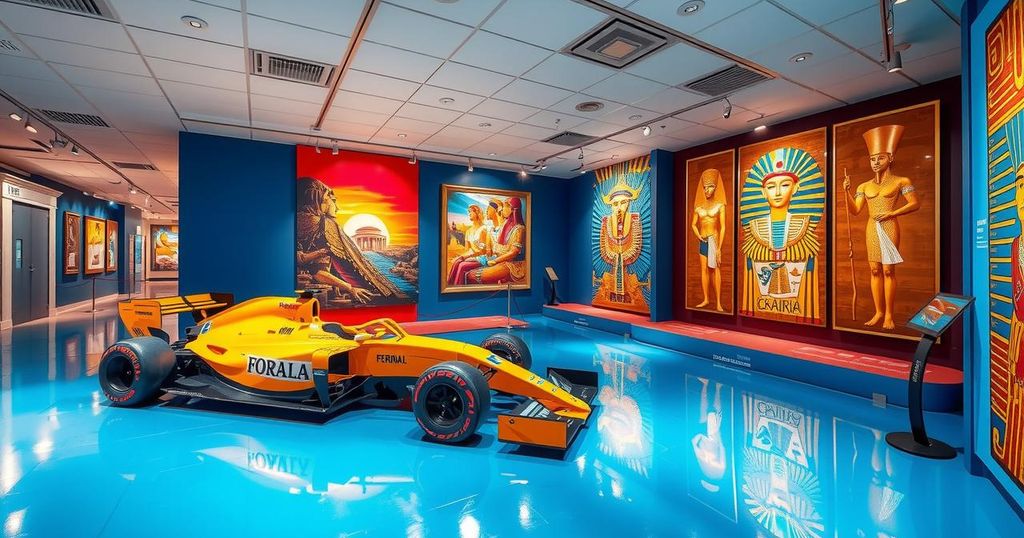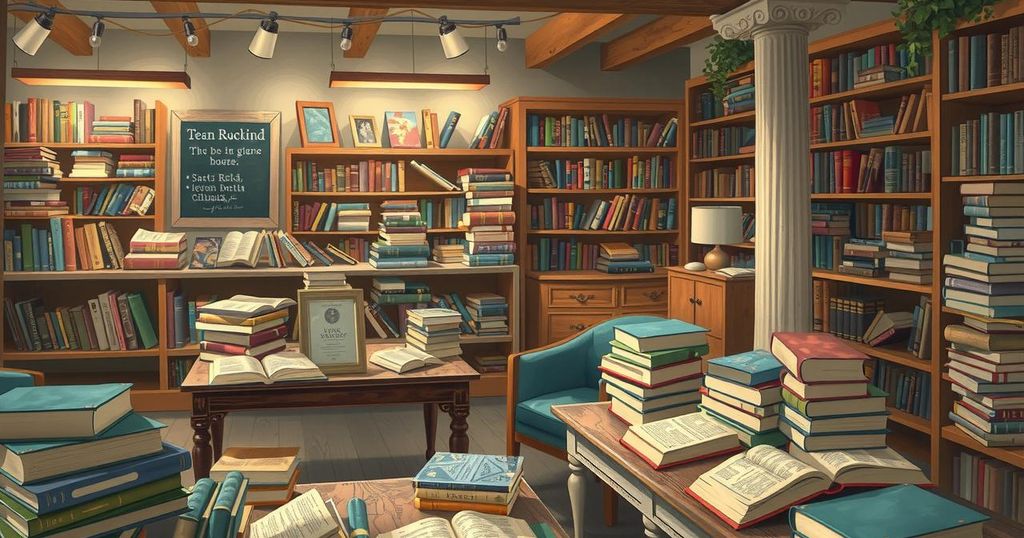Utagawa Hiroshige’s works are featured in a new exhibition at the British Museum, showcasing his prints and art from the Edo period. This is the first major display in London for 25 years, highlighting significant aspects of Japanese culture during a time of change leading to the end of samurai rule.
Utagawa Hiroshige, a renowned 19th Century artist, created thousands of prints depicting Japan’s landscape, nature, and daily life during the Edo period. His works are not only influential but also serve as significant cultural artifacts. A unique exhibition titled “Hiroshige: Artist of the Open Road” is currently at the British Museum, showcasing previously unseen pieces, some considered the only surviving examples globally.
This exhibition marks the first display of Hiroshige’s work in London in 25 years, highlighting a transformative period in Japan that led to the end of samurai rule. Visitors can explore Hiroshige’s artistic evolution across 40 years through various mediums such as prints, paintings, books, and sketches.
Venue Details
– Location: British Museum, 44 Great Russell St, London, WC1B 3DG
– Transport: Tottenham Court Rd/Holborn/Russell Square (Tube)
– Admission Price: From £14
– Dates and Times: Check the museum’s website for specifics.
The exhibition “Hiroshige: Artist of the Open Road” provides a rare opportunity to appreciate the impactful works of Utagawa Hiroshige, reflecting Japan’s cultural landscape during a pivotal time in history. It is accessible to the public and highlights unique aspects of his extensive career, promising insights into his artistic contributions and the societal changes of the Edo period.
Original Source: www.timeout.com







